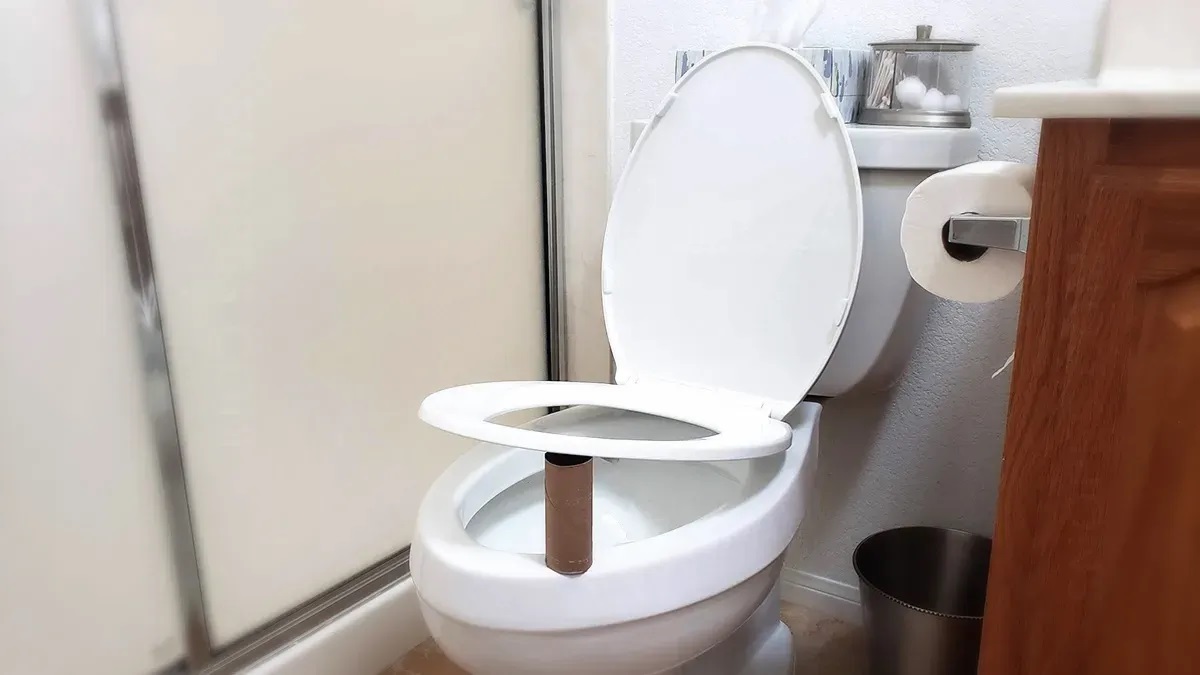

Articles
Why Put A Toilet Roll Under The Seat
Modified: August 16, 2024
Discover why putting a toilet roll under the seat is important. Read articles on this topic and learn about the benefits it brings to your bathroom hygiene.
(Many of the links in this article redirect to a specific reviewed product. Your purchase of these products through affiliate links helps to generate commission for Storables.com, at no extra cost. Learn more)
Introduction – Explanation of the Importance of Toilet Roll Placement
When it comes to bathroom etiquette and proper hygiene, one often overlooked aspect is the placement of the toilet roll. Many of us have never really given it much thought, as it seems like a minor detail in the grand scheme of things. However, the placement of the toilet roll can actually have a significant impact on both hygiene and convenience in the restroom.
Think about the last time you went to a public restroom or visited the home of a friend or relative. How was the toilet roll positioned? Was it placed over the top of the dispenser, allowing the roll to easily spin and unravel? Or was it hidden beneath the seat, requiring a bit more effort to reach?
While there may not be a universally “correct” way to place the toilet roll, the under-seat positioning has gained popularity for several reasons. In this article, we will explore the historical background, hygiene benefits, practical considerations, psychological factors, and popular opinions surrounding the placement of the toilet roll under the seat.
Key Takeaways:
- Placing the toilet roll under the seat offers hygiene benefits by preventing contamination and reducing germ transmission, ensuring a cleaner and safer restroom experience for all users.
- The under-seat placement of the toilet roll provides practical advantages, including convenience for users, maintenance and cleaning benefits, and a visually appealing, organized restroom environment.
Historical Background – Evolution of Toilet Roll Placement Practices – Cultural Differences in Toilet Roll Placement
Toilet roll placement may seem like a trivial matter, but its evolution over time and cultural differences around the world highlight its significance. In earlier times, toilet paper was not as readily available as it is today, thus different methods were employed to meet sanitation needs. Moreover, cultural factors have played a role in shaping toilet roll placement practices.
In ancient civilizations, such as ancient China and Rome, toilet paper was not in use. People relied on alternative methods, such as using water, leaves, or even stones for cleansing. Fast forward to the 19th century when the invention of toilet paper became popularized in Western countries. Initially, toilet paper was used in public restrooms, where it was dispensed from rolls placed underneath the seat. This placement allowed for easy access while also maintaining hygiene standards.
As toilet paper usage became more widespread, different cultures developed their own preferences for toilet roll placement. For instance, in Western countries like the United States and Canada, the over-the-top placement became the norm. This positioning allows for easy unrolling and tearing, with the loose end hanging in front of the dispenser. However, in some European countries, such as France and Germany, the under-seat placement is more prevalent. This may be due to a combination of historical practices and personal preferences.
Cultural differences further extend to countries in Asia and the Middle East. In Japan, for example, toilet roll placement is often seen as a matter of aesthetics. Some Japanese bathrooms are designed to store the toilet roll discreetly behind a small cabinet or in a side pocket. In Arab countries, it is more common to find bidets or handheld water sprays, reducing the reliance on toilet paper altogether.
These cultural differences highlight the varied approaches to toilet roll placement and underline the importance of considering regional customs and practices. While there is no definitive right or wrong way to position a toilet roll, understanding the historical context and cultural influences can shed light on why different preferences exist. Ultimately, the goal is to promote hygiene, convenience, and overall restroom etiquette.
Hygiene Benefits – Prevention of Toilet Roll Contamination – Reduction of Germ Transmission
Proper hygiene is crucial, especially when it comes to things we come into contact with on a daily basis, such as toilet paper. The placement of the toilet roll, particularly under the seat, provides several hygiene benefits that contribute to the prevention of contamination and the reduction of germ transmission.
One of the primary concerns when it comes to toilet paper is contamination. In restrooms with high foot traffic, the top placement of the toilet roll leaves it exposed to potentially unsanitary conditions. It may be accidentally touched by users’ hands, exposed to airborne particles, or even grazed by toilet seat surfaces. By placing the roll under the seat, it is shielded from direct contact and potential contamination, ensuring a cleaner and safer experience.
Furthermore, the placement of the toilet roll under the seat can significantly reduce the transmission of germs. When the roll is positioned over the top of the dispenser, it is more likely to be touched by multiple users. This increased contact creates a greater risk of transferring germs from one person to another. Conversely, with the under-seat placement, the roll remains relatively untouched, minimizing the chances of germ transmission.
Additionally, the positioning of the toilet roll under the seat can help prevent accidental contact with contaminated surfaces. In busy restrooms, toilet seat surfaces may not always be pristine. When the roll is situated over the top, there is a greater likelihood of it coming into contact with the seat or any lingering residue. Placing it under the seat reduces the chances of accidental contamination, promoting a higher level of hygiene.
While the under-seat placement may require a bit more effort to reach the toilet roll, the hygiene benefits outweigh the minor inconvenience. By minimizing contamination and reducing the transmission of germs, this placement ensures a cleaner and safer restroom experience, benefiting both the user and subsequent visitors. So, the next time you encounter a restroom with the toilet roll under the seat, appreciate the hygienic advantages it offers.
Practical Considerations – Convenience for Toilet Users – Maintenance and Cleaning Advantages
When it comes to toilet roll placement, practical considerations are paramount. The under-seat positioning of the toilet roll offers both convenience for toilet users and maintenance and cleaning advantages for restroom managers.
One of the primary benefits of placing the toilet roll under the seat is convenience for the user. When positioned in this manner, the roll is within easy reach and remains securely in place. Users can quickly and easily access the toilet paper without the risk of it unraveling or falling off the dispenser. This placement ensures a hassle-free and seamless bathroom experience for individuals of all ages and abilities.
Moreover, the under-seat placement of the toilet roll provides maintenance and cleaning advantages. Traditional over-the-top placement often results in the roll being exposed and susceptible to accidental unraveling or theft. This can lead to wastage and additional costs for restroom managers who need to frequently restock the toilet paper. By placing the roll under the seat, it is better protected and less vulnerable to unauthorized use or unintended spills, ensuring a more efficient use of resources.
Cleaning and maintenance of restrooms are also easier with the under-seat placement. When the roll is positioned over the top, there is a higher chance of toilet paper dust settling on the floor or being scattered around during cleaning. This means more time and effort is required to thoroughly clean the restroom. In contrast, placing the roll under the seat keeps it contained within the dispenser, minimizing the risk of paper debris becoming a cleaning challenge.
Additionally, the under-seat placement contributes to the overall aesthetic appeal of the restroom. With the roll neatly tucked away, the restroom appears tidier and more organized. This sense of order and cleanliness can have a positive psychological impact on users, enhancing their restroom experience and satisfaction.
Considering both user convenience and maintenance advantages, the under-seat placement of the toilet roll proves to be a practical and beneficial choice. It ensures easy access for users, reduces wastage, facilitates efficient maintenance, and enhances the overall cleanliness and aesthetics of the restroom. In combination with other restroom management practices, this placement contributes to a positive restroom experience for everyone.
Placing a toilet roll under the seat can help reduce noise and prevent splashing during use. It also provides a more comfortable and hygienic experience for the user.
Psychological Factors – Perception of Cleanliness – Sense of Order and Organization
The placement of the toilet roll may seem like a trivial matter, but it can have a significant impact on the psychological factors influencing our perception of cleanliness and our sense of order and organization in the restroom. The under-seat positioning of the toilet roll plays a key role in shaping these psychological factors.
Our perception of cleanliness is deeply rooted in our subconscious. When we enter a restroom, we subconsciously assess the cleanliness and hygiene of the space based on various visual cues. The under-seat placement of the toilet roll contributes to a perception of cleanliness by creating an uncluttered and organized appearance. With the roll neatly tucked away, there is a sense of cleanliness and order, making the restroom more inviting and reassuring for users.
Sense of order and organization is another psychological factor influenced by the placement of the toilet roll. A well-organized space fosters a sense of calm and control. When the roll is placed under the seat, it creates a visually streamlined look. This placement eliminates any potential clutter and creates a harmonious environment where everything has a designated place. Users can appreciate the attention to detail and the sense of order, which can positively impact their overall restroom experience.
Moreover, the under-seat placement can alleviate any subconscious concerns about hygiene. Since the roll is hidden from view and protected from potential contamination or accidental contact, users feel more at ease knowing that the toilet paper they are about to use is clean and untouched. This perception of hygiene can contribute to a greater sense of comfort and satisfaction for individuals using the restroom.
The psychological factors of perception of cleanliness and sense of order and organization are closely intertwined with our overall experience and satisfaction in restrooms. By incorporating the under-seat placement of the toilet roll, restroom managers can create an environment that is visually appealing, organized, and hygienic. These factors contribute to a positive psychological impact on users, promoting a sense of comfort, cleanliness, and order, ultimately enhancing the overall restroom experience.
Read more: Why Put A Red Cup Under A Toilet Seat
Popular Opinions and Debates – Different Perspectives on Toilet Roll Placement – Arguments for and Against Placing the Roll Under the Seat
The topic of toilet roll placement has sparked numerous debates and garnered various opinions from individuals all over the world. While some prefer the traditional over-the-top placement, others advocate for the under-seat positioning. Let’s explore the different perspectives and arguments surrounding toilet roll placement.
Those in favor of placing the toilet roll under the seat argue that it offers a cleaner and more organized appearance. With the roll hidden from view, the restroom looks tidier, and there is a reduced risk of accidental unraveling or wastage. This placement also minimizes the chances of the roll coming into contact with unsanitary surfaces, promoting better hygiene standards. Supporters of the under-seat placement appreciate the sense of order and cleanliness it brings to the restroom environment.
On the other hand, proponents of the over-the-top placement argue for its convenience and ease of use. With the loose end of the toilet paper hanging in front of the dispenser, it is readily accessible and easily tearable. Users can quickly grab the toilet paper without having to search for the loose end. This placement is also familiar to many and considered the standard in many Western countries. Supporters of the over-the-top placement believe it offers a more convenient and user-friendly experience.
Furthermore, cultural practices and personal preferences also play a role in the debate over toilet roll placement. Some cultures have a longstanding tradition of placing the roll under the seat, while others have grown accustomed to the over-the-top placement. Personal habits and experiences shape individuals’ opinions on this matter, leading to a wide range of perspectives and preferences.
It is worth noting that both placements have their advantages and disadvantages. The under-seat placement provides hygiene benefits, a sense of order, and protection against wastage. On the other hand, the over-the-top placement offers convenience and familiarity to users. Ultimately, the choice of toilet roll placement may depend on individual preferences, restroom design, cultural norms, and even personal habits.
Regardless of the debate, it is important to recognize that the placement of the toilet roll should prioritize hygiene, convenience, and the overall restroom experience. Whether the toilet roll is positioned under the seat or over the top, restroom managers should consider the needs and expectations of their users while maintaining cleanliness and providing a well-organized restroom environment.
The popular opinions and ongoing debates surrounding toilet roll placement highlight the significance of this seemingly small detail in the overall restroom experience. By understanding the different perspectives and arguments, we can appreciate the diversity of opinions and make informed choices that meet the needs of both users and restroom managers.
Conclusion – Summary of the Main Points Discussed – Final Thoughts on the Topic
In conclusion, the placement of the toilet roll may seem like a trivial matter, but it carries significant implications for hygiene, convenience, and psychological factors. Throughout this article, we explored various aspects of toilet roll placement, including historical background, hygiene benefits, practical considerations, psychological factors, and popular opinions.
The historical background revealed the evolution of toilet roll placement practices and the cultural differences that influence these practices. From ancient civilizations to modern times, toilet roll placement has evolved to meet sanitation needs and align with personal preferences and cultural customs.
The hygiene benefits of placing the toilet roll under the seat were highlighted, including the prevention of contamination and the reduction of germ transmission. This placement ensures a cleaner and safer restroom experience by shielding the roll from potential unsanitary conditions and minimizing contact with multiple users.
Practical considerations, such as convenience for toilet users and maintenance and cleaning advantages, were also discussed. The under-seat placement offers easy access to the toilet roll while reducing wastage and facilitating efficient restroom management. It also contributes to a visually organized and hygienic restroom environment.
Psychological factors, including the perception of cleanliness and the sense of order and organization, play a significant role in users’ restroom experiences. The under-seat placement promotes a sense of cleanliness, order, and hygiene, creating a more inviting and satisfying environment for users.
The popular opinions and debates surrounding toilet roll placement reflect the diversity of perspectives and preferences. Arguments for and against placing the roll under the seat revolve around cleanliness, convenience, personal habits, and cultural practices. Ultimately, the choice of placement should prioritize hygiene, convenience, and the overall restroom experience.
In conclusion, the position of the toilet roll may vary, but its importance lies in promoting cleanliness, convenience, and a positive restroom experience. By understanding the various factors and considering the needs of users, restroom managers can make informed choices that contribute to a hygienic, organized, and user-friendly restroom environment.
So, the next time you find yourself in a restroom with a toilet roll placed under the seat, appreciate the thought and consideration given to provide a clean and organized experience. Let us continue to prioritize hygiene and convenience in the restroom, making it a pleasant and comfortable environment for all.
Excited about mastering bathroom setup? Don't stop here! Check out our detailed guide on optimal toilet paper placement to ensure convenience and style in your restroom. For those who crave neatness, our article on bathroom organization reveals ten innovative ways to tidy up this essential space. And, if you're on the lookout for trendy accessories, our recommendations for toilet roll holders for the upcoming year are a must-see. Dive into these reads to transform your bathroom into a model of efficiency and appeal!
Frequently Asked Questions about Why Put A Toilet Roll Under The Seat
Was this page helpful?
At Storables.com, we guarantee accurate and reliable information. Our content, validated by Expert Board Contributors, is crafted following stringent Editorial Policies. We're committed to providing you with well-researched, expert-backed insights for all your informational needs.
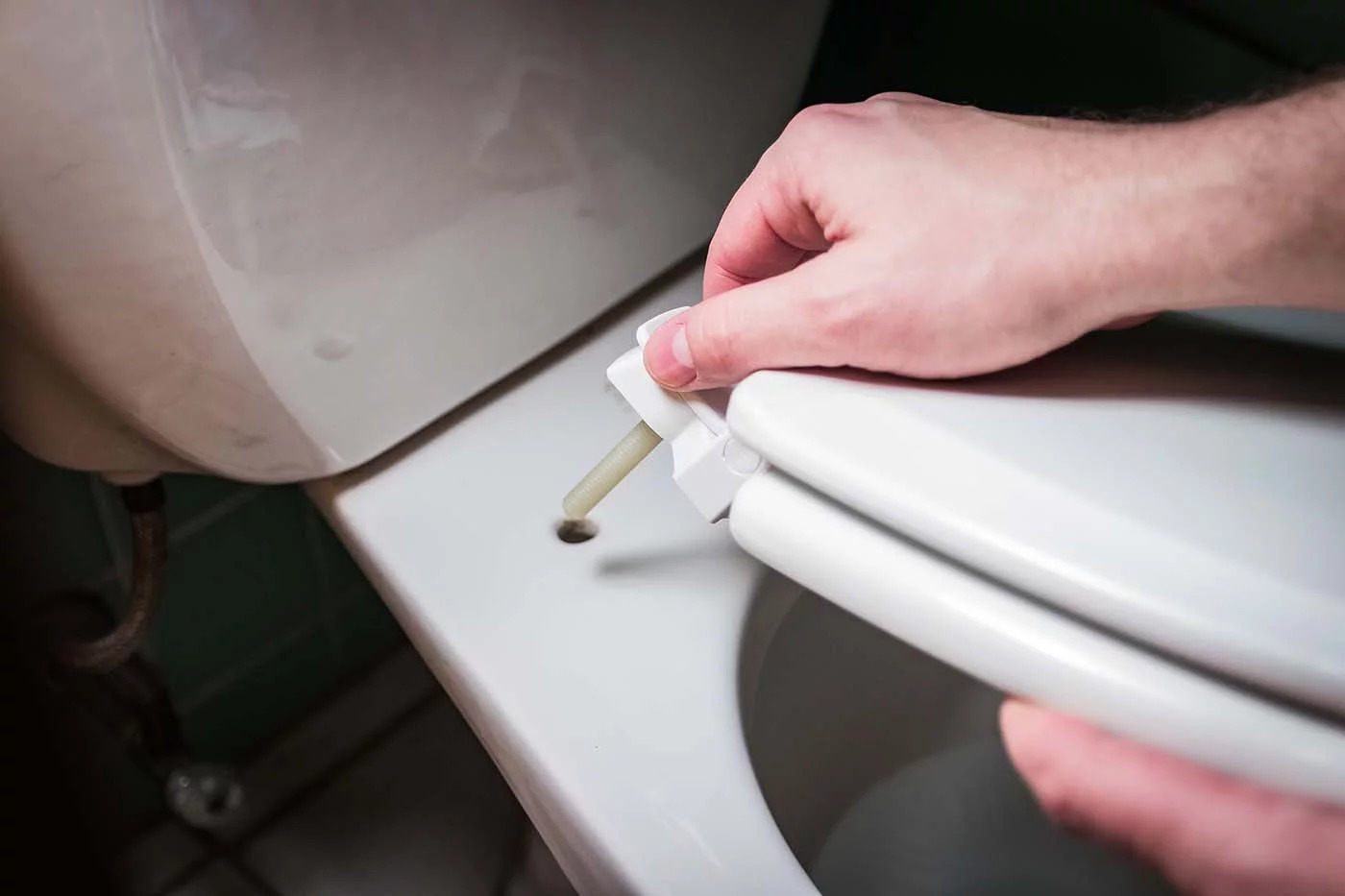
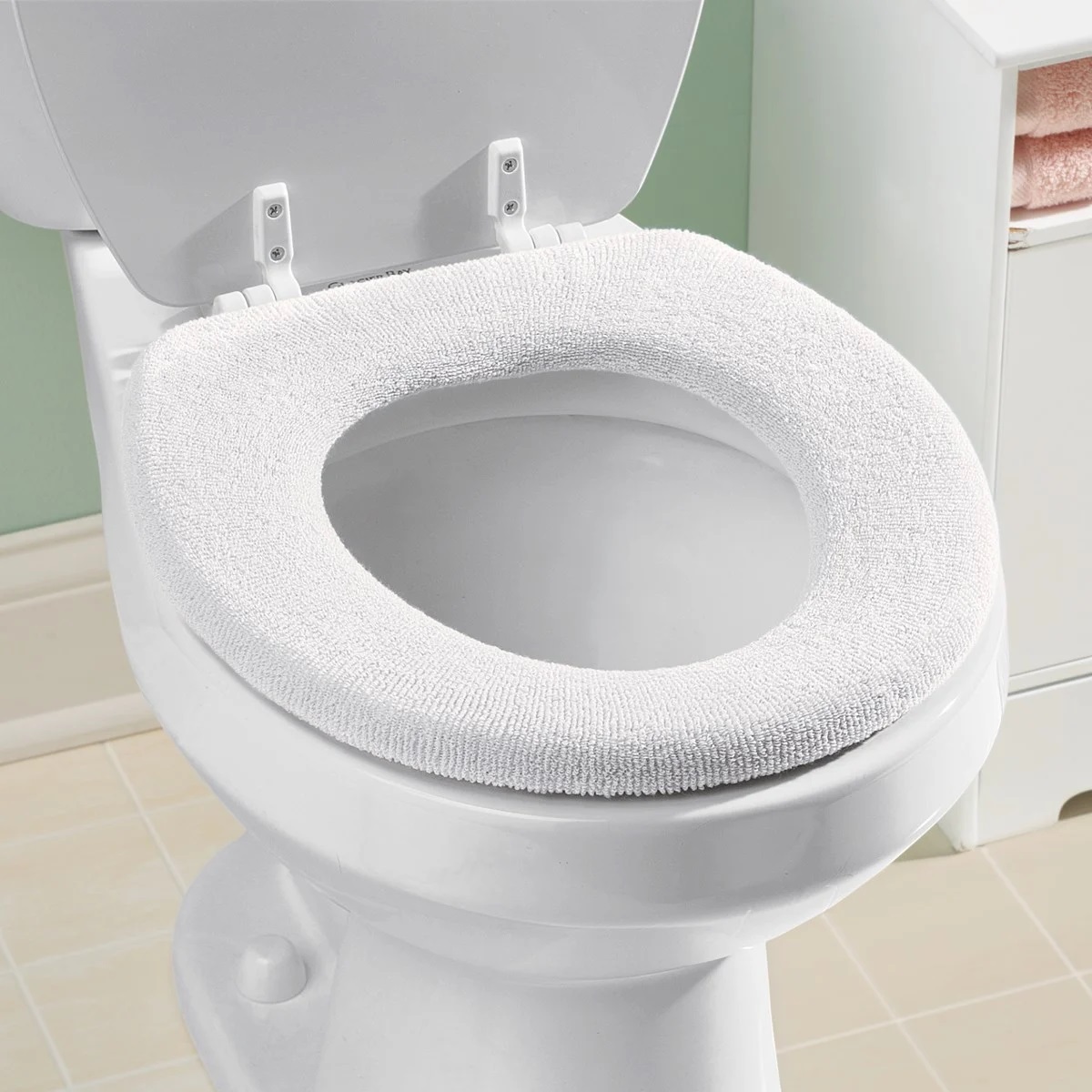
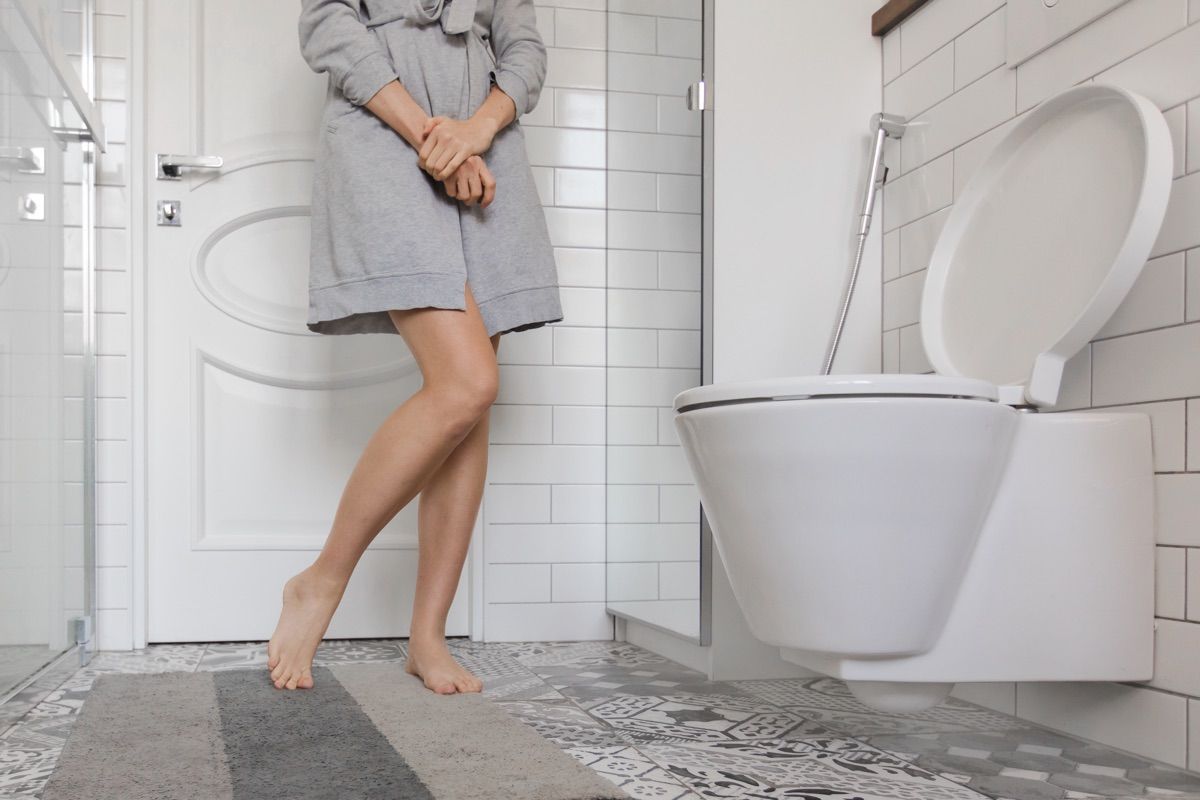
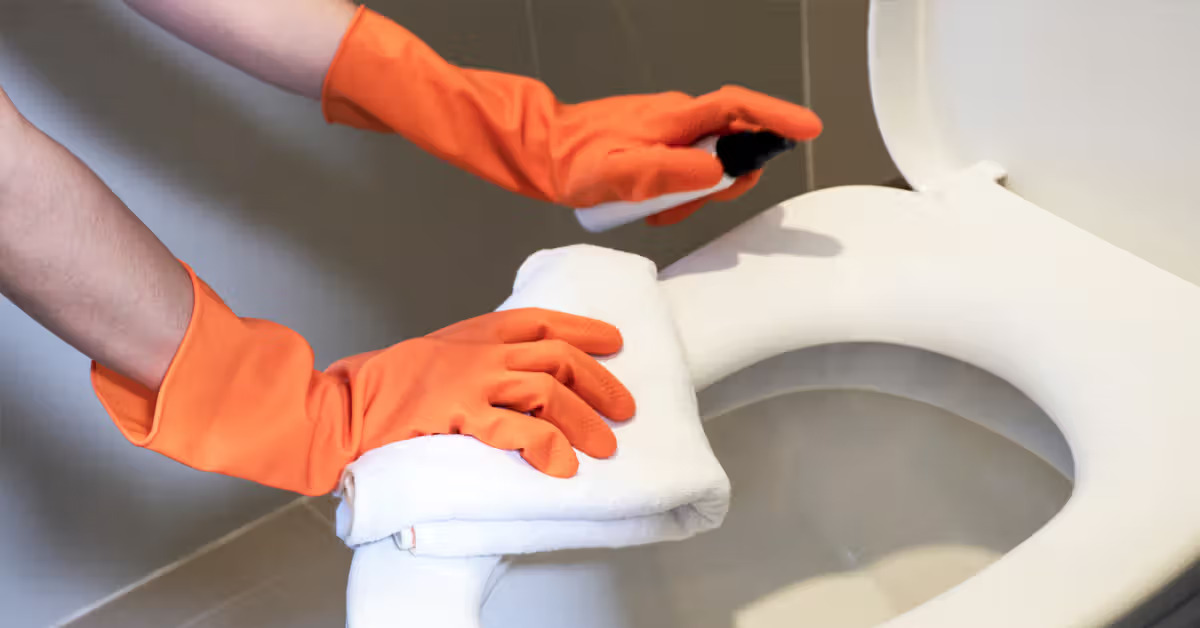
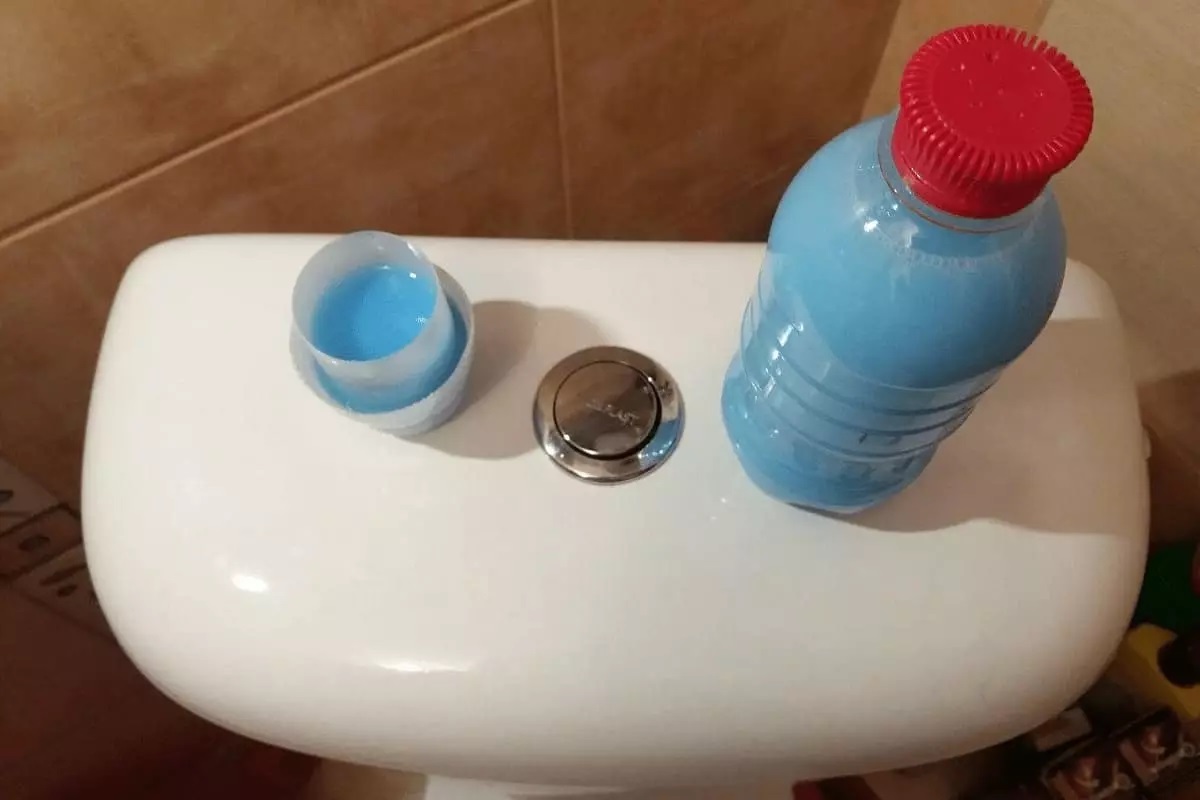
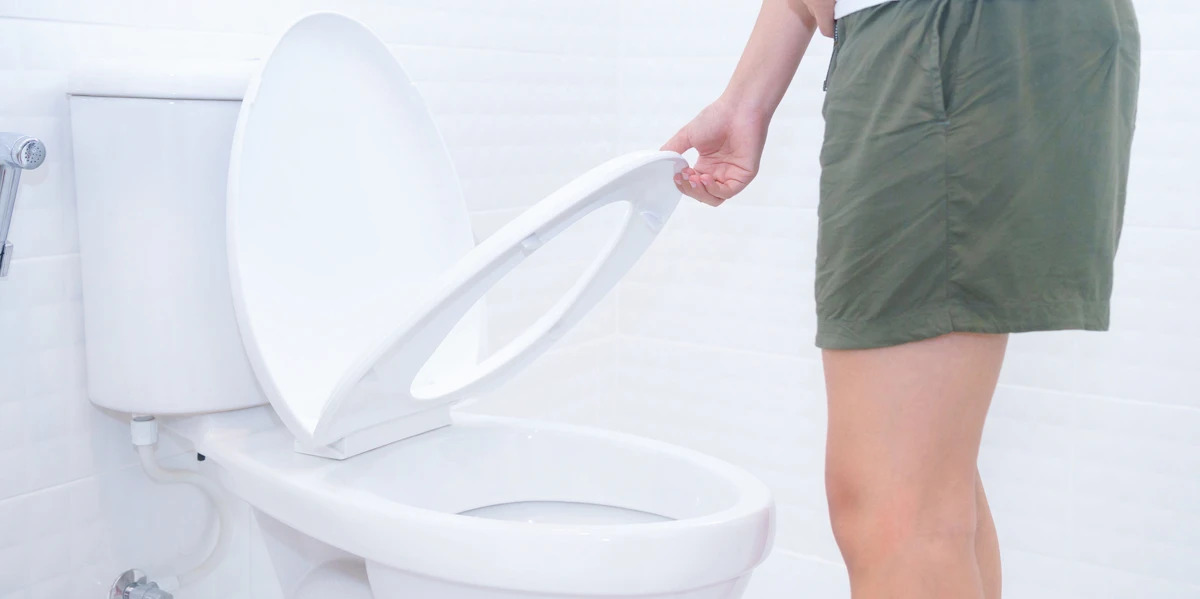
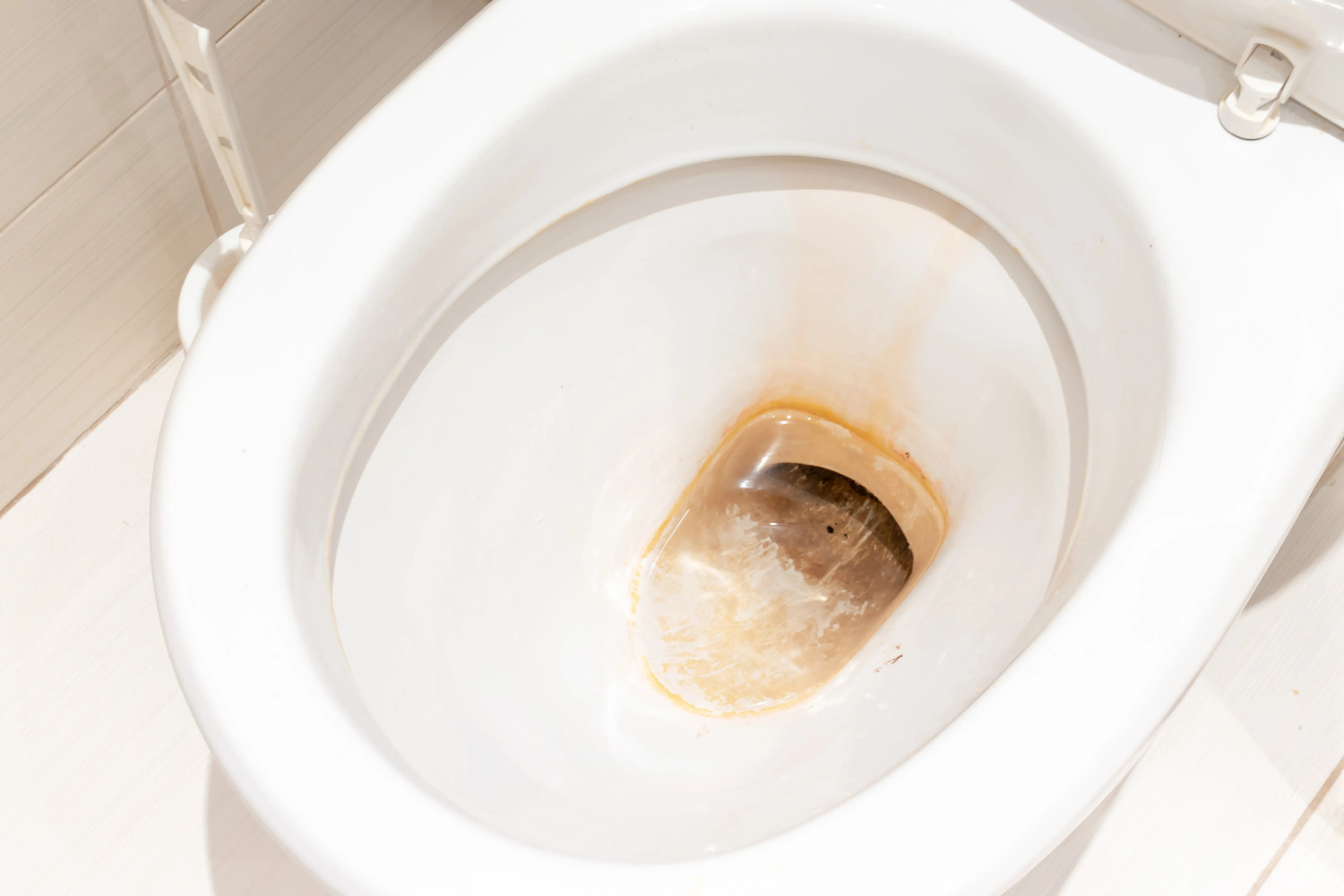
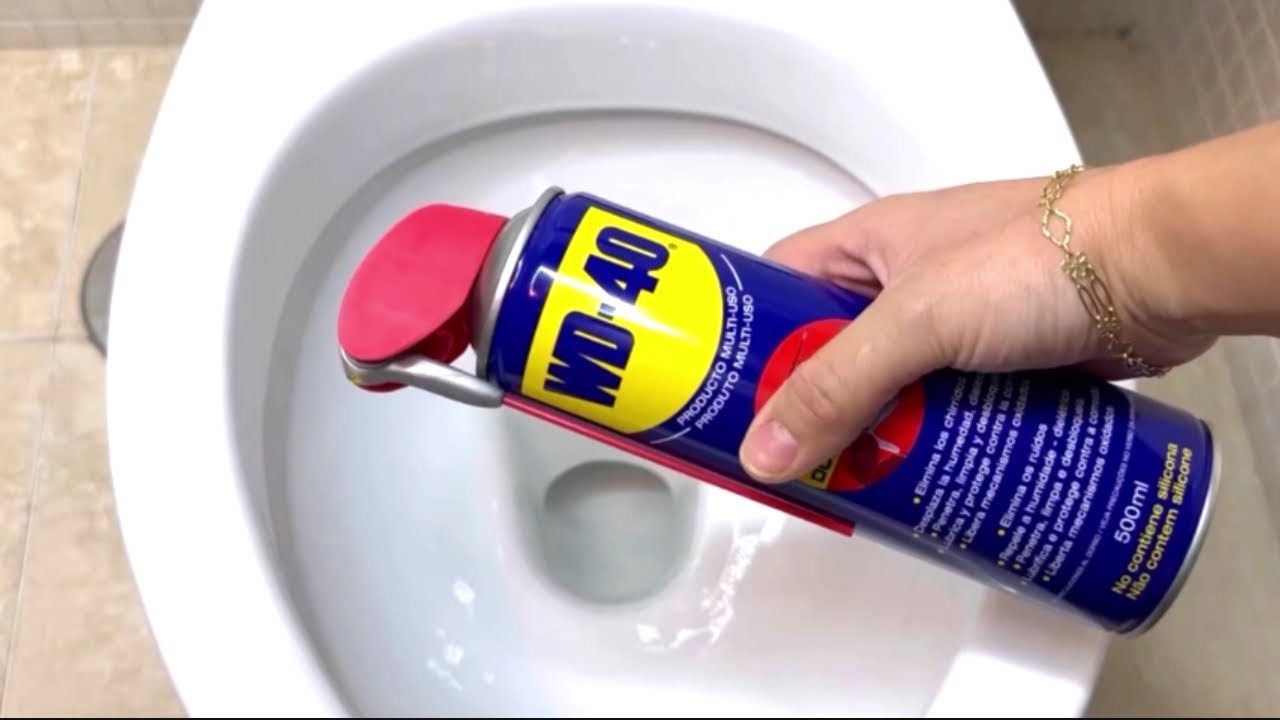
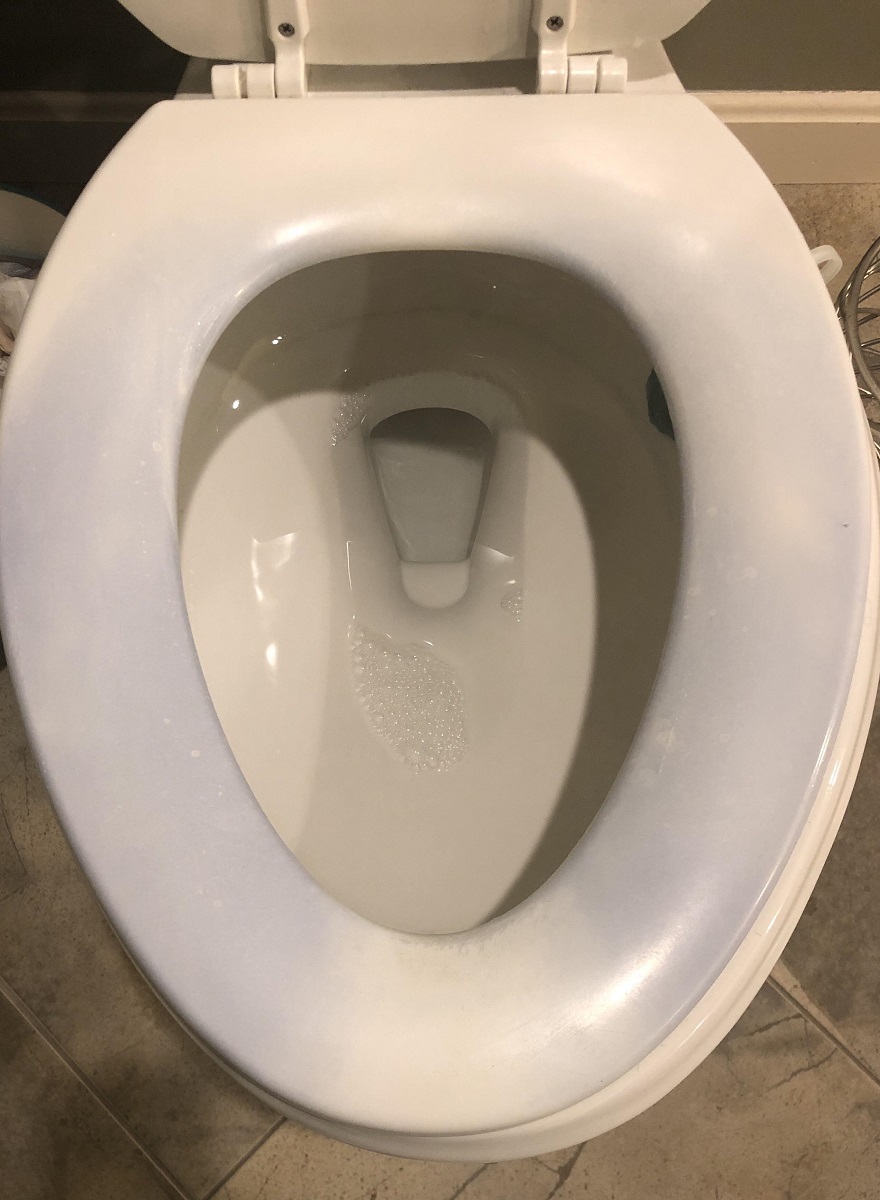

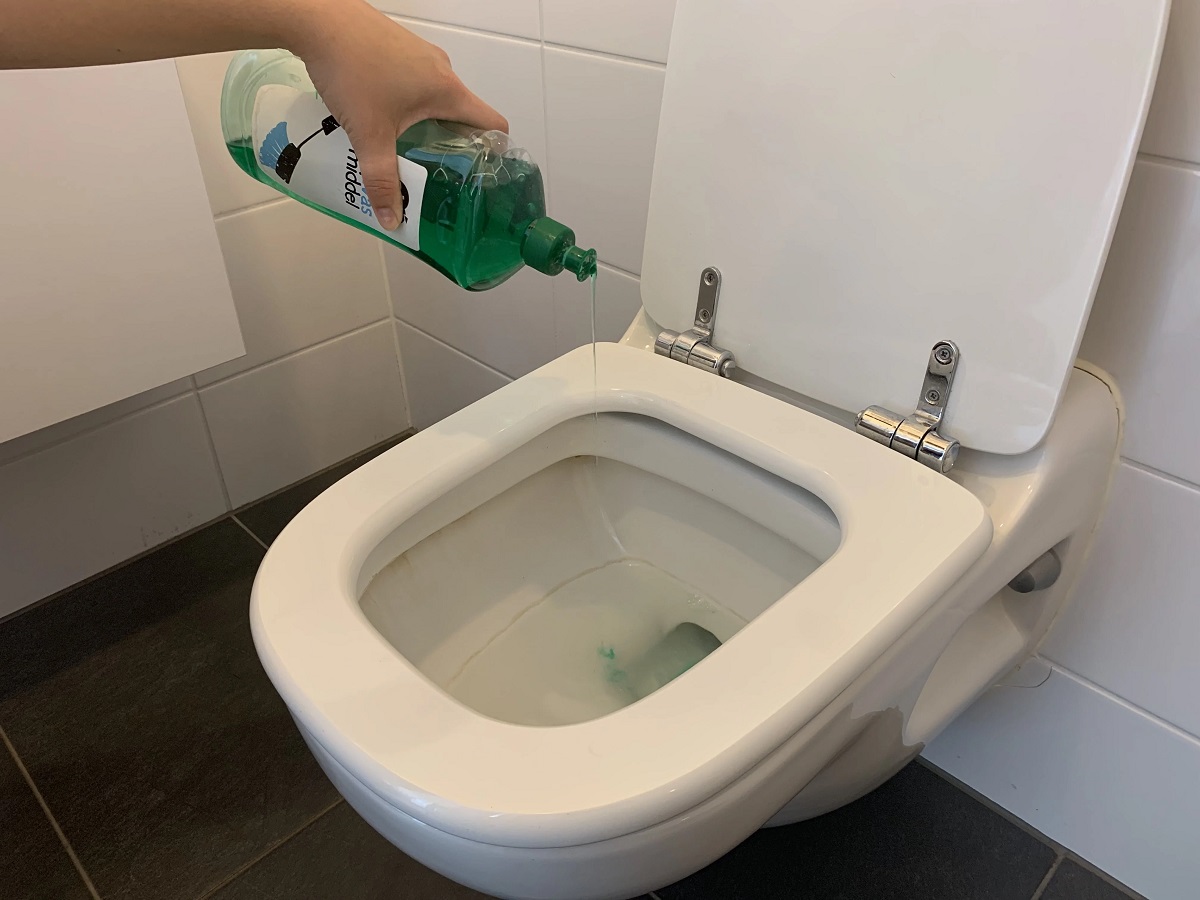

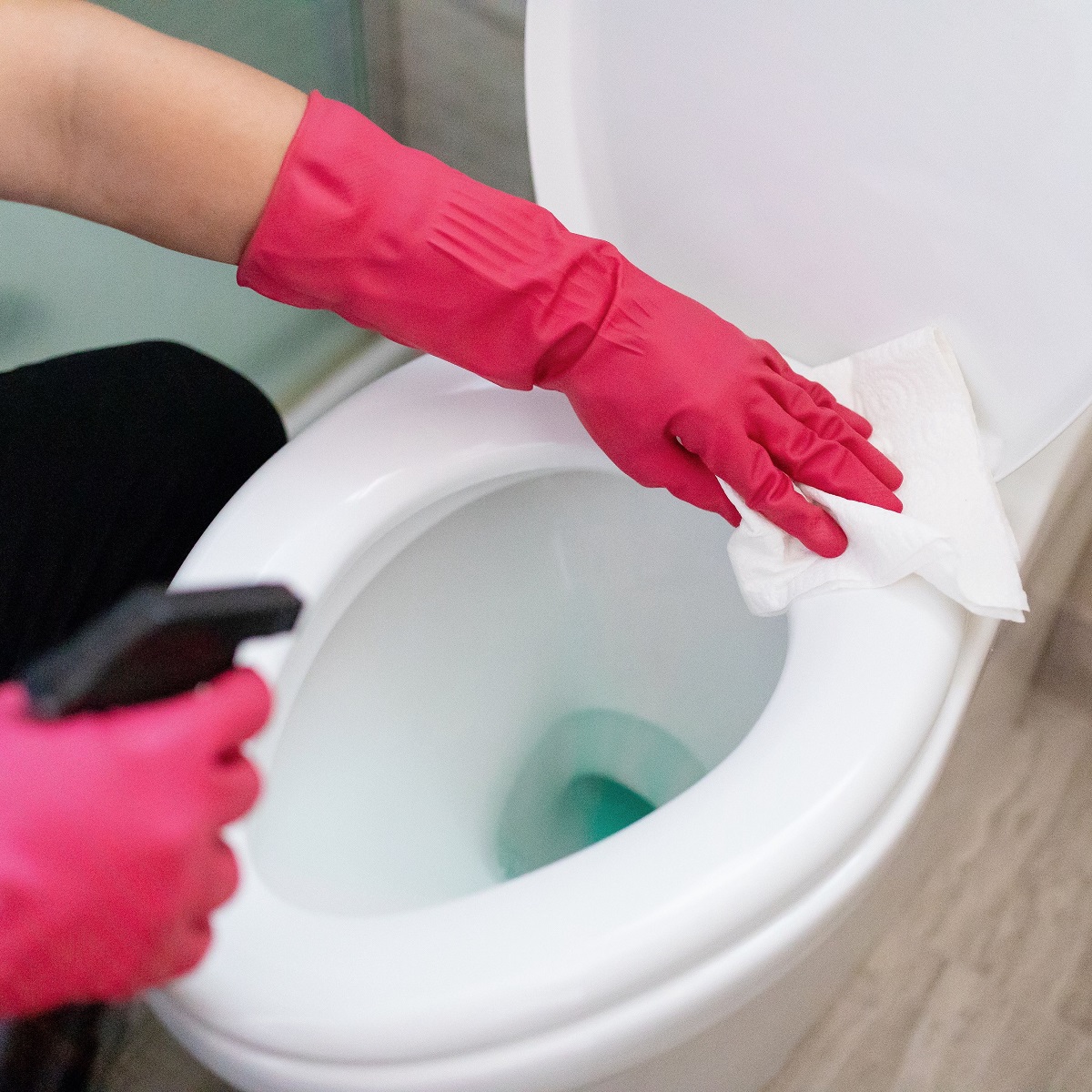
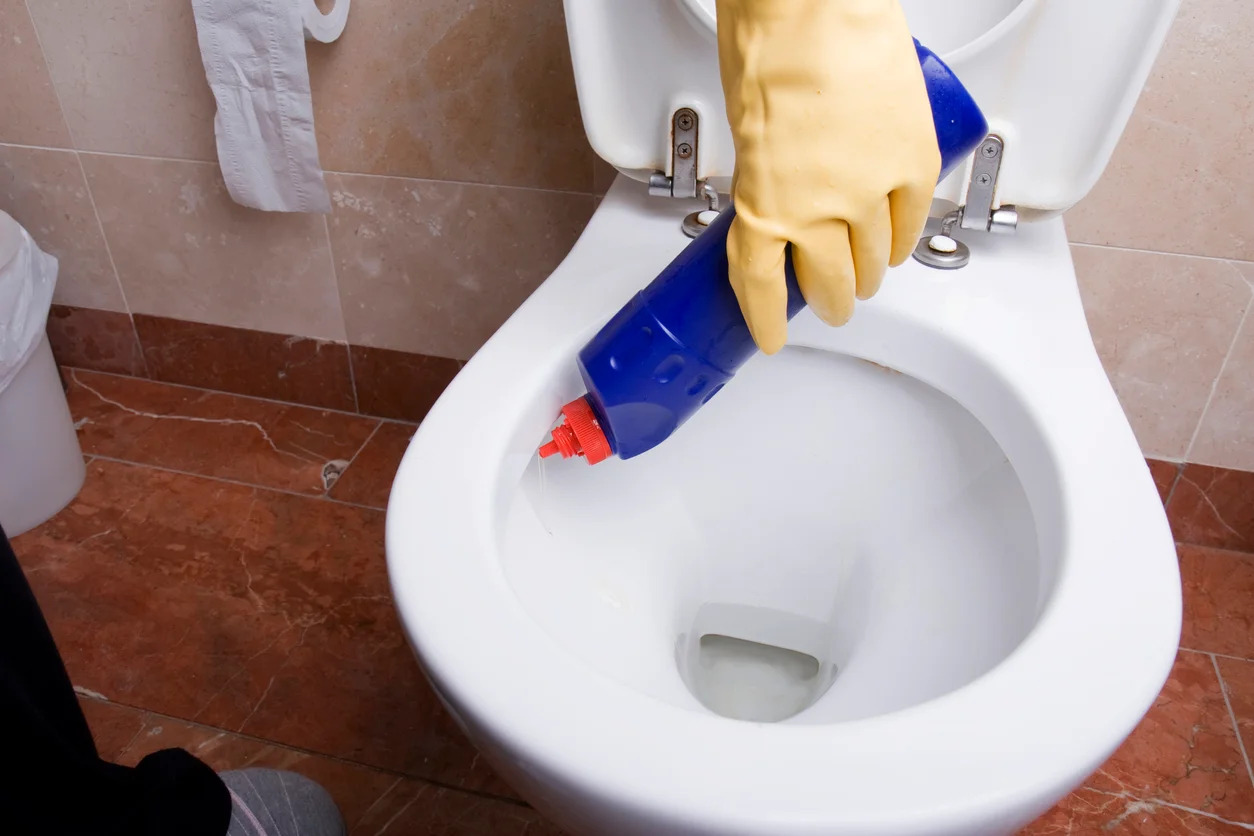

0 thoughts on “Why Put A Toilet Roll Under The Seat”